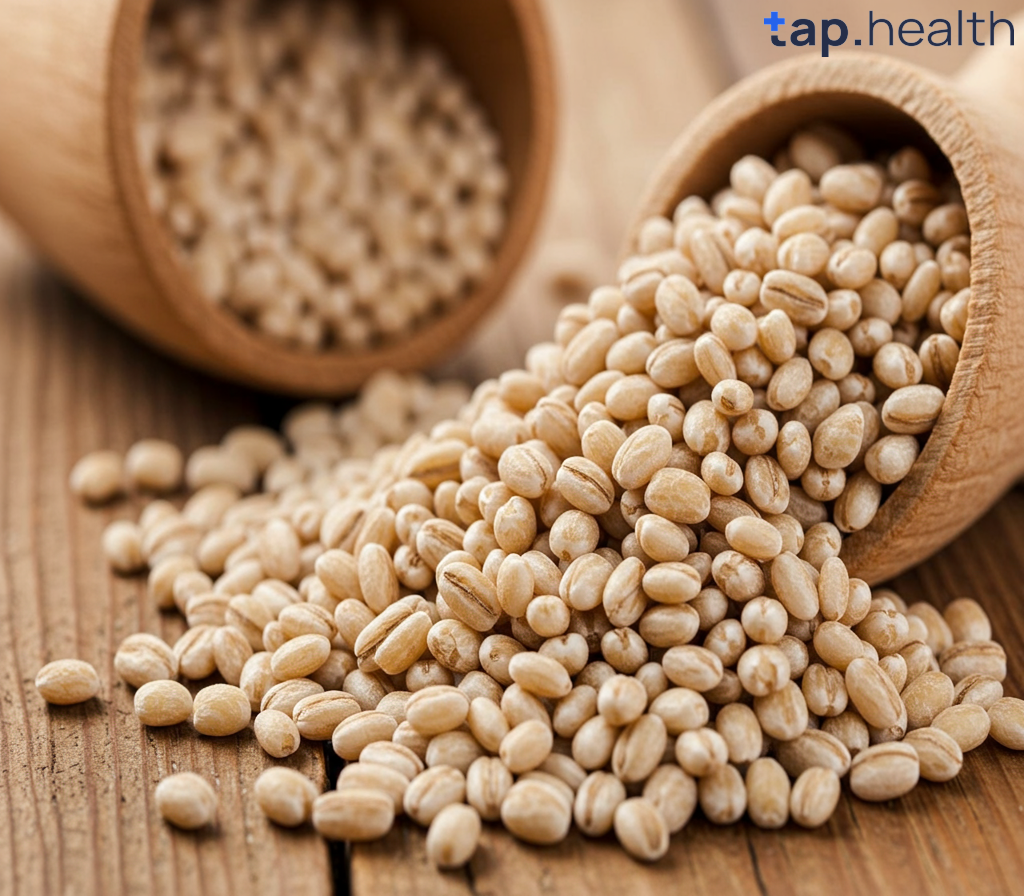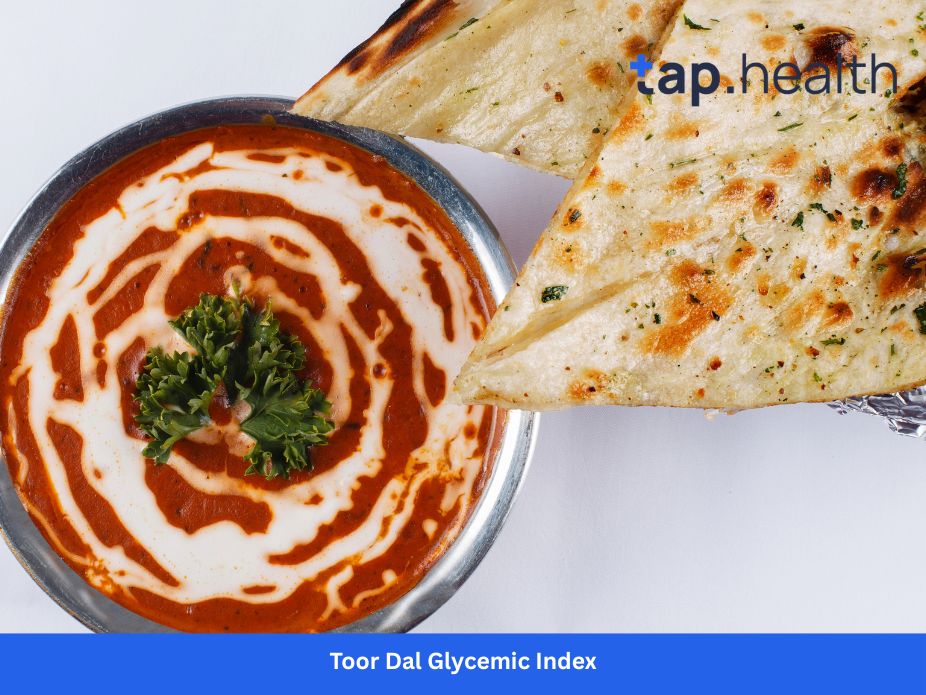Barley is a whole grain that has been used for centuries in various dishes and is often praised for its nutritional value. For diabetics, choosing foods that help regulate blood sugar is crucial. So, is barley a good option for diabetic patients? In this article, we’ll explore the nutritional benefits of barley, how it affects blood sugar levels, and how it can be included in a diabetes-friendly diet.
Nutritional Benefits of Barley
Barley is a rich source of fiber, vitamins, and minerals, making it a healthy food choice. A 100-gram serving of cooked barley contains:
- Calories: 123
- Carbohydrates: 28.2 grams
- Fiber: 6 grams
- Protein: 2.3 grams
- Vitamin B1 (Thiamine): 0.2 mg (about 12% of the daily recommended intake)
- Iron: 0.6 mg (about 3% of the daily recommended intake)
- Magnesium: 33 mg (about 8% of the daily recommended intake)
- Potassium: 116 mg
Barley is an excellent source of dietary fiber, particularly beta-glucan, a type of soluble fiber that has been shown to help regulate blood sugar levels. It also provides important vitamins like vitamin B1 and minerals such as magnesium, both of which support overall metabolic health.
How Barley Affects Blood Sugar Levels
For diabetics, managing blood sugar levels is essential. The glycemic index (GI) and glycemic load (GL) of foods play a significant role in determining how they affect blood sugar levels.
Glycemic Index and Glycemic Load of Barley
Barley has a low glycemic index (GI) of around 28–35, depending on its preparation. Foods with a low GI are digested and absorbed slowly, leading to gradual increases in blood sugar levels rather than sharp spikes. The glycemic load (GL) of barley is also low, meaning it has minimal impact on blood glucose levels even when consumed in larger portions.
Barley’s high fiber content, particularly beta-glucan, helps slow the digestion and absorption of glucose, providing stable blood sugar levels throughout the day.
Barley and Insulin Sensitivity
Insulin sensitivity is a critical factor in managing blood sugar levels. For people with Type 2 diabetes, improving insulin sensitivity is essential for effective blood sugar regulation.
Beta-Glucan in Barley for Insulin Sensitivity
Barley is rich in beta-glucan, a type of soluble fiber that has been shown to improve insulin sensitivity and reduce insulin resistance. By slowing the absorption of glucose and improving insulin function, beta-glucan helps diabetics maintain stable blood sugar levels. Regular consumption of barley may help reduce insulin resistance over time, making it easier for the body to use insulin effectively.
Barley and Heart Health
People with diabetes are at an increased risk for cardiovascular diseases. Barley provides several nutrients that support heart health.
Fiber for Cholesterol Management
The fiber in barley helps reduce bad cholesterol (LDL) levels by binding to cholesterol and facilitating its excretion from the body. By lowering LDL cholesterol levels, barley helps reduce the risk of heart disease, which is a common complication for diabetics.
Magnesium for Heart Health
Barley is a good source of magnesium, a mineral that is essential for maintaining a healthy heart. Magnesium helps regulate heart rhythm and blood pressure, both of which are often concerns for diabetics. Increasing magnesium intake through barley and other foods may help support overall cardiovascular health.
Barley and Weight Management
Maintaining a healthy weight is essential for managing diabetes, as excess weight contributes to insulin resistance and poor blood sugar control.
Barley for Satiety and Portion Control
Barley is high in fiber and complex carbohydrates, both of which promote satiety and help control hunger. The fiber in barley keeps you full longer, reducing the likelihood of overeating. By including barley in your meals, you can manage portion sizes, prevent excessive calorie intake, and support healthy weight management, which is crucial for diabetes control.
How to Include Barley in a Diabetic Diet
Barley is versatile and can be used in a variety of dishes. Here are some ideas for including barley in your diabetes-friendly diet:
As a Side Dish
Barley can be served as a side dish, similar to rice or quinoa. Pair it with lean proteins like chicken, turkey, or tofu, and non-starchy vegetables for a balanced, blood-sugar-friendly meal.
In Soups and Stews
Barley is a great addition to soups and stews. It adds texture and nutrition and works well in vegetable-based soups or meat stews. Barley pairs well with beans, vegetables, and lean meats to create hearty, diabetes-friendly dishes.
In Salads
Cooked barley can be added to salads for extra texture and nutrition. Combine it with leafy greens, tomatoes, cucumbers, and a light vinaigrette dressing for a refreshing, blood-sugar-friendly salad.
In Baking
Barley flour can be used in baking for a healthier alternative to refined flour. You can use it to make whole-grain bread, muffins, or pancakes for a nutritious, fiber-rich meal.
FAQ on Barley and Diabetes
Q1: Is barley safe for diabetics to eat?
Yes, barley is safe for diabetics to eat. It has a low glycemic index, is high in fiber, and provides several essential nutrients that help regulate blood sugar levels and improve overall health.
Q2: How much barley can diabetics eat?
A standard serving of barley is about 1/2 cup cooked. Since barley has a moderate glycemic index and is high in fiber, it can be consumed in appropriate portions without significantly affecting blood sugar levels.
Q3: Does barley raise blood sugar levels?
Barley has a low glycemic index and is unlikely to cause significant increases in blood sugar levels. The fiber content helps slow glucose absorption and regulates blood sugar levels.
Q4: Can barley help lower blood sugar levels?
While barley does not directly lower blood sugar levels, its high fiber content and low glycemic index help regulate blood sugar and improve insulin sensitivity over time.
Q5: Can barley help with weight loss for diabetics?
Yes, barley is low in calories and high in fiber, making it a great choice for weight management. The fiber in barley promotes satiety, reducing overeating and supporting healthy weight loss for diabetics.
Conclusion
Barley is a highly nutritious whole grain that offers several benefits for diabetics. With its low glycemic index, high fiber content, and abundance of vitamins and minerals, barley helps regulate blood sugar levels, improve insulin sensitivity, support heart health, and assist with weight management. By incorporating barley into your meals, you can enjoy its many health benefits while effectively managing your diabetes.



